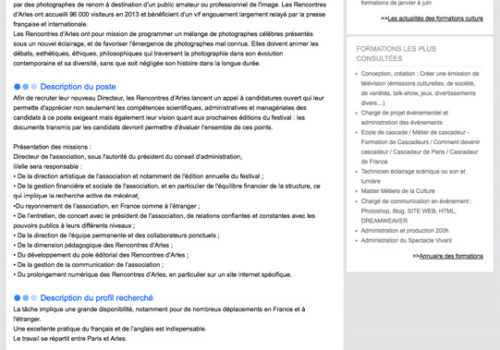If the Rubin Museum’s recent exhibition Allegory and Illusion: Early Portrait Photography of South Asia doesn’t travel to India, at least we have the catalogue. Through more than 80 portraits taken in India, Nepal, Sri Lanka and Burma in the late 19th and early 20th centuries, the work highlights the wealth of photographic styles and addresses the questions of ethnography, identity, integration and assimilation underlying the art of portrait photography in Southeast Asia.
Is the photographic portrait a colonial propaganda tool, as shown by the prints of the British book People of India listing 480 castes, communities and tribes? Or is it another way of asserting a local identity? The book questions this mode of representation through painted photographs, backgrounds painted on textile, and photographs printed in the form of calling cards and postcards. The diversity of the techniques illustrates the manner in which Southeast Asian photographers adapted this Western medium to the richness and creativity of their own culture.
This book reveals the complexity and extraordinary diversity of portrait photography in this region going all the way back to the beginnings of photography.
Allegory and Illusion : Early Portraits Photography of South Asia
By Christopher Pinney, Beth Citron, Rahaab Allana
Mapin, 2013
100 pages, 24,1 x 27,3 cm
English
ISBN-10: 1935677381
















